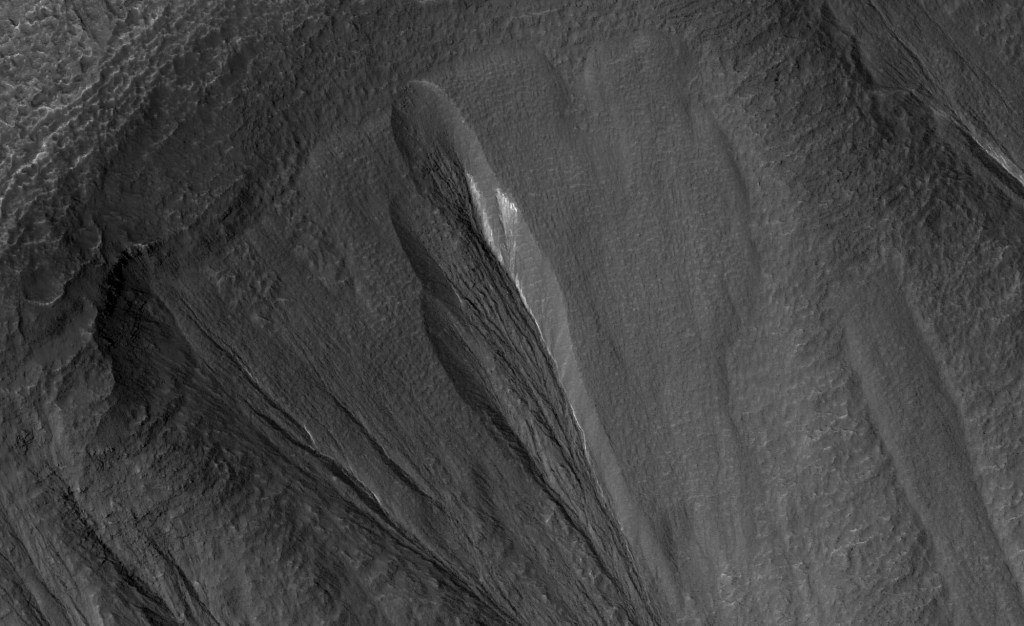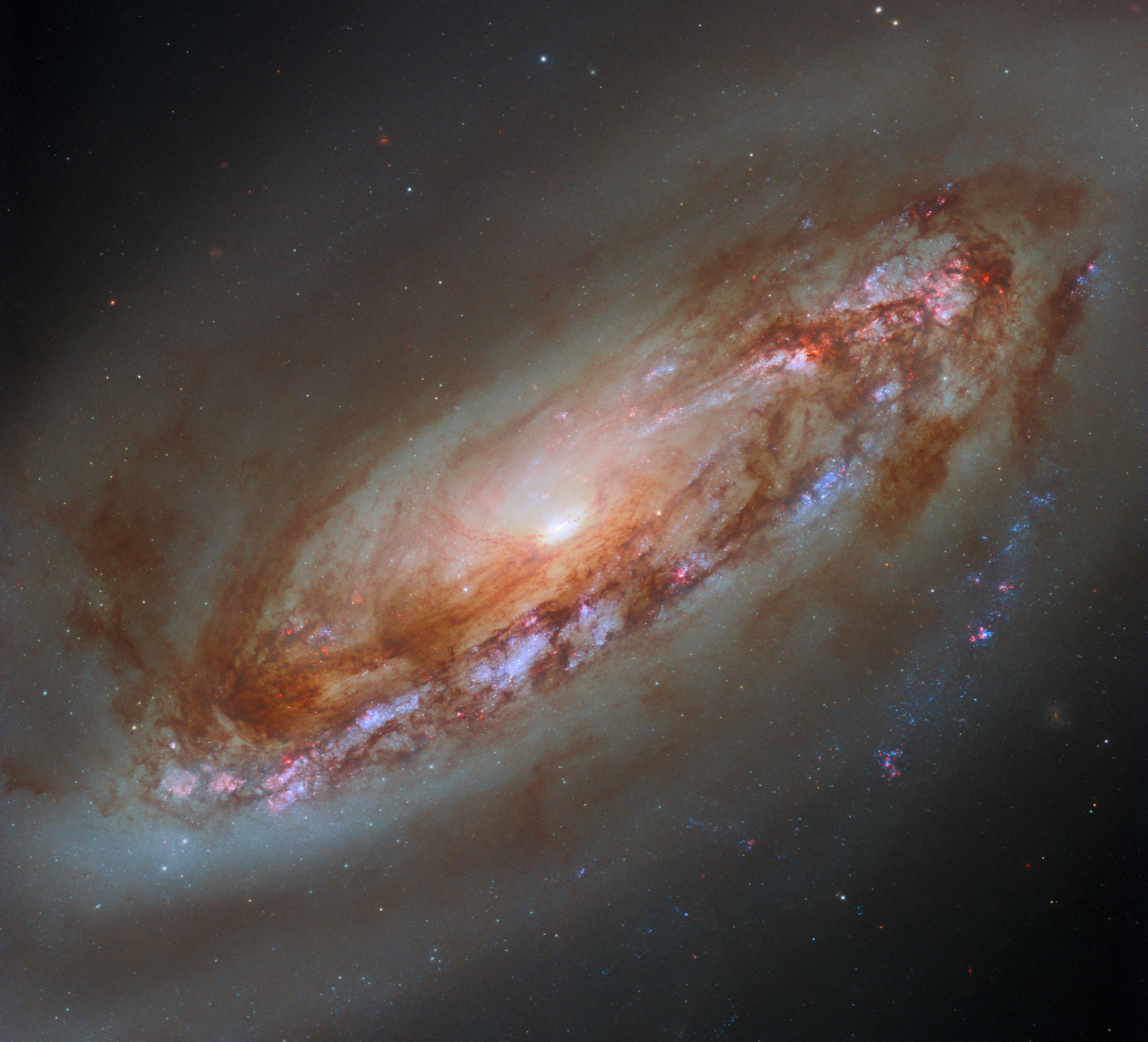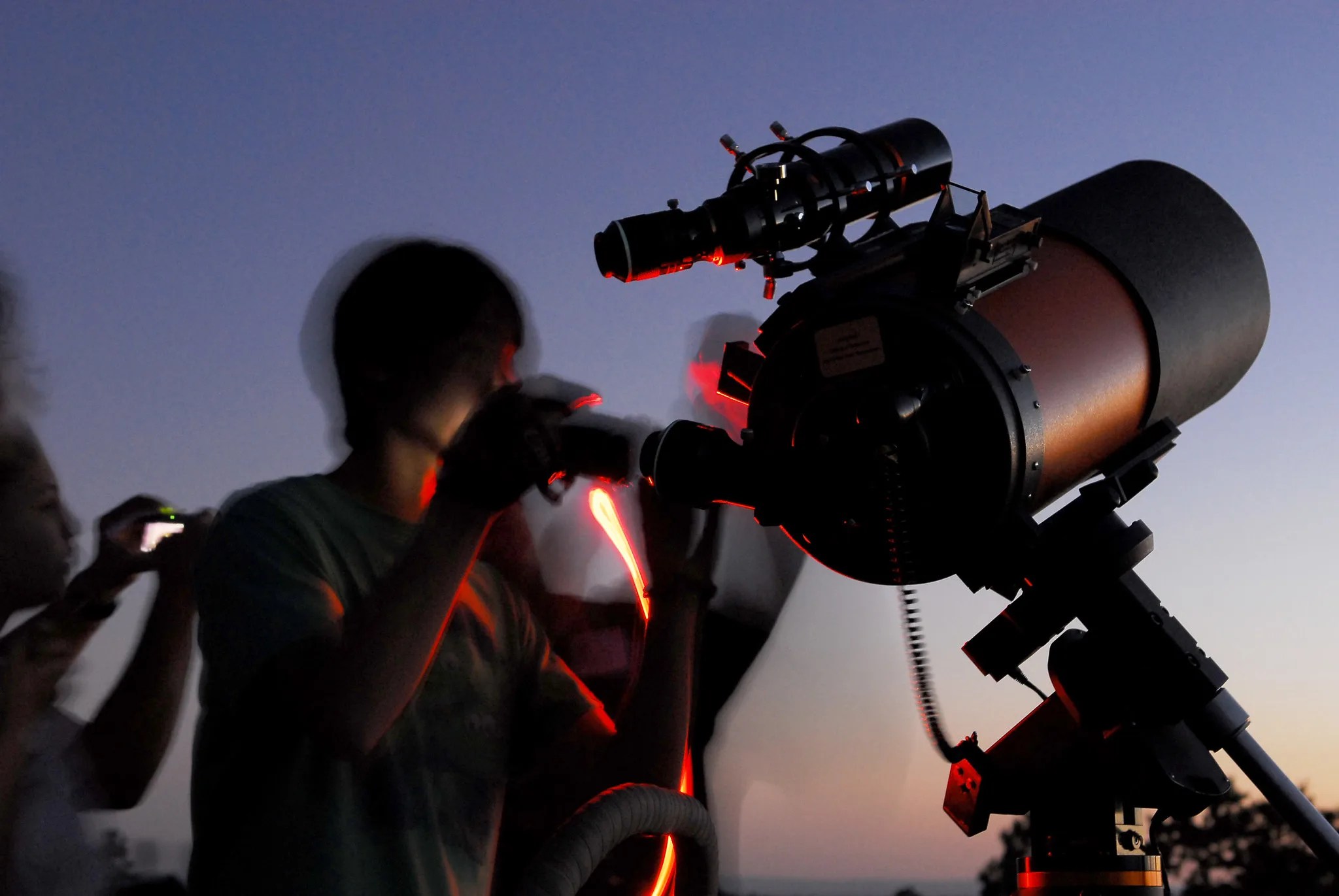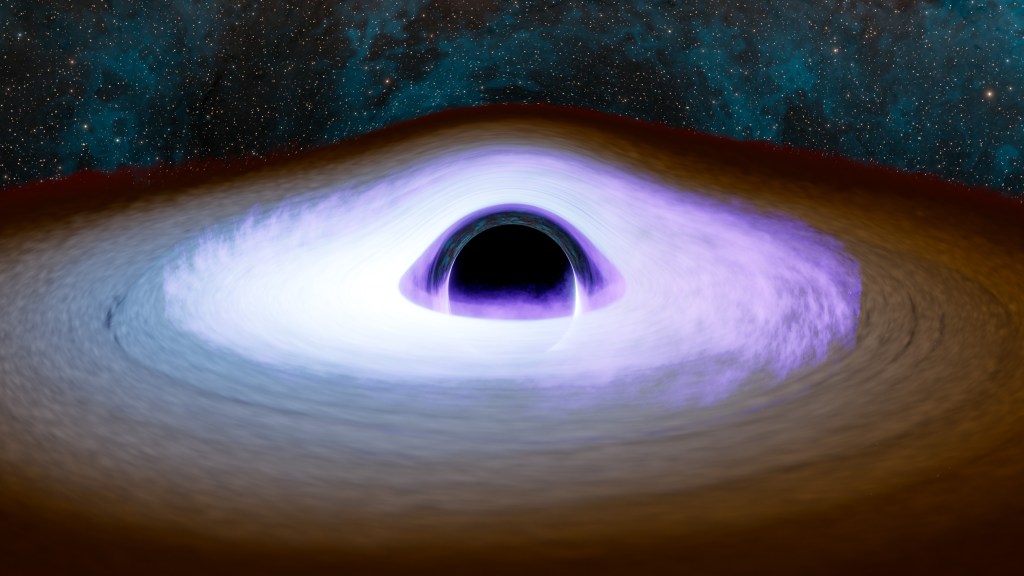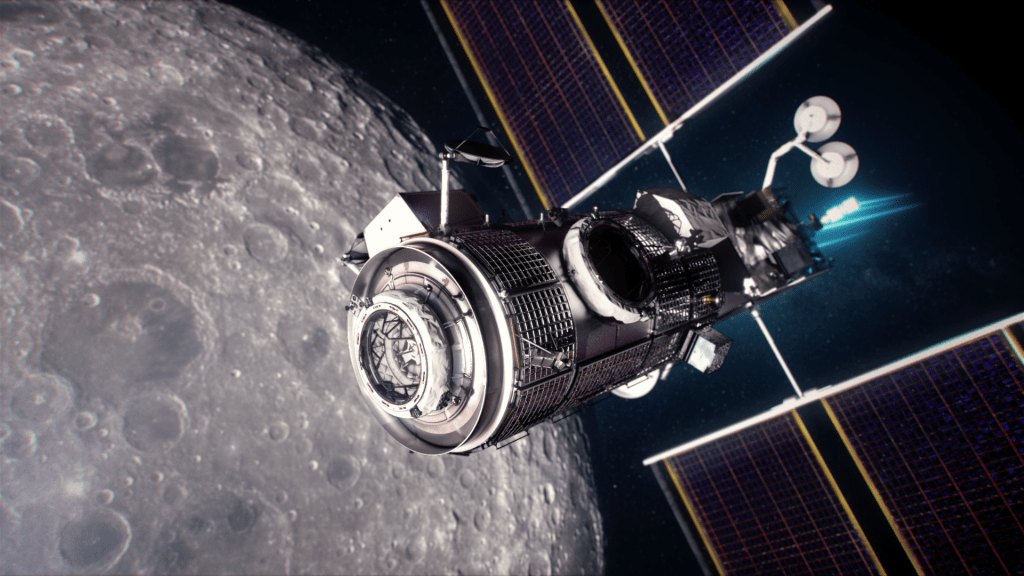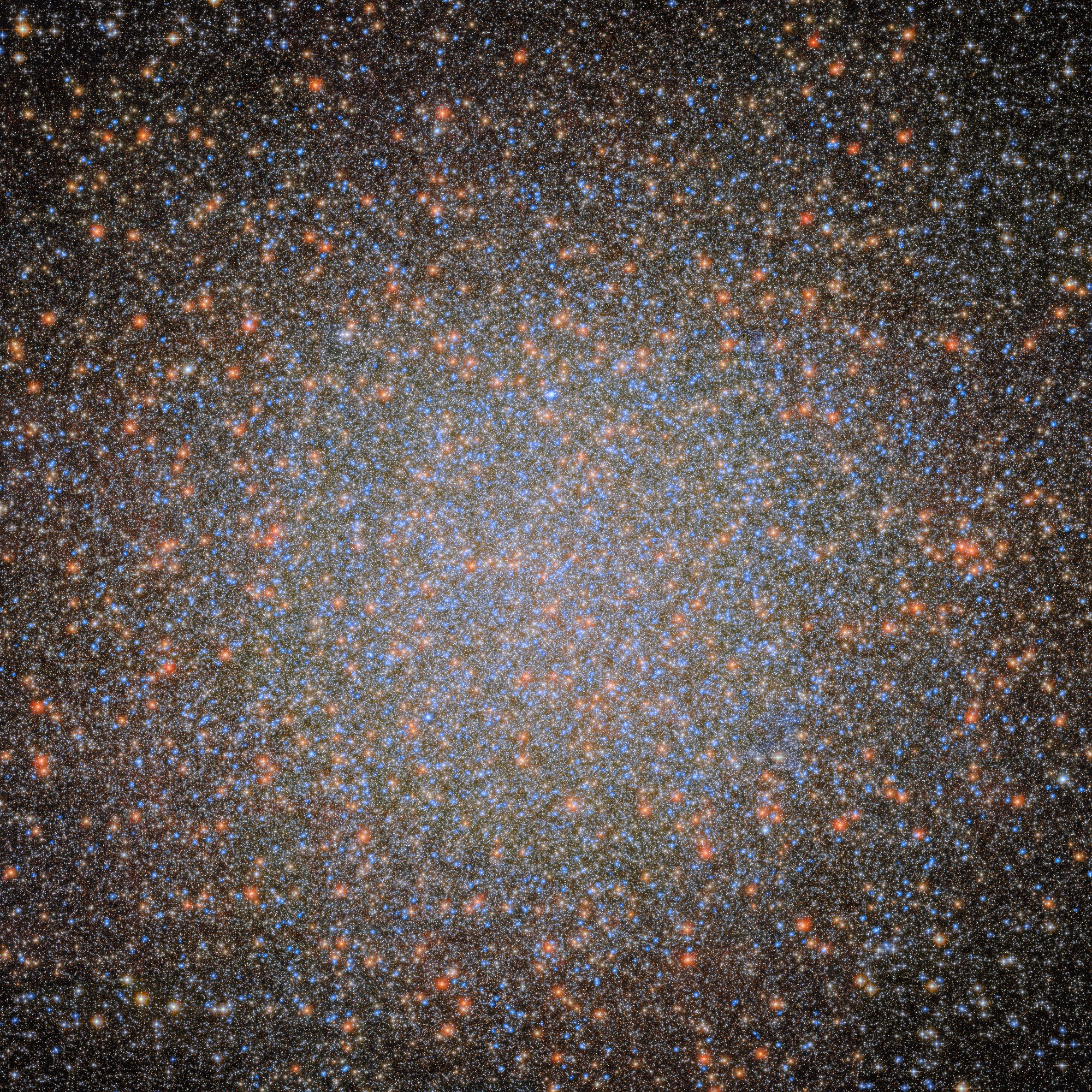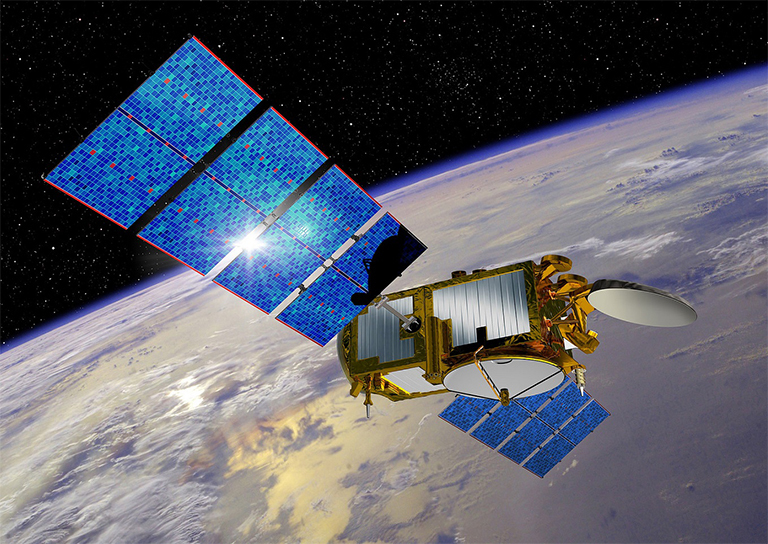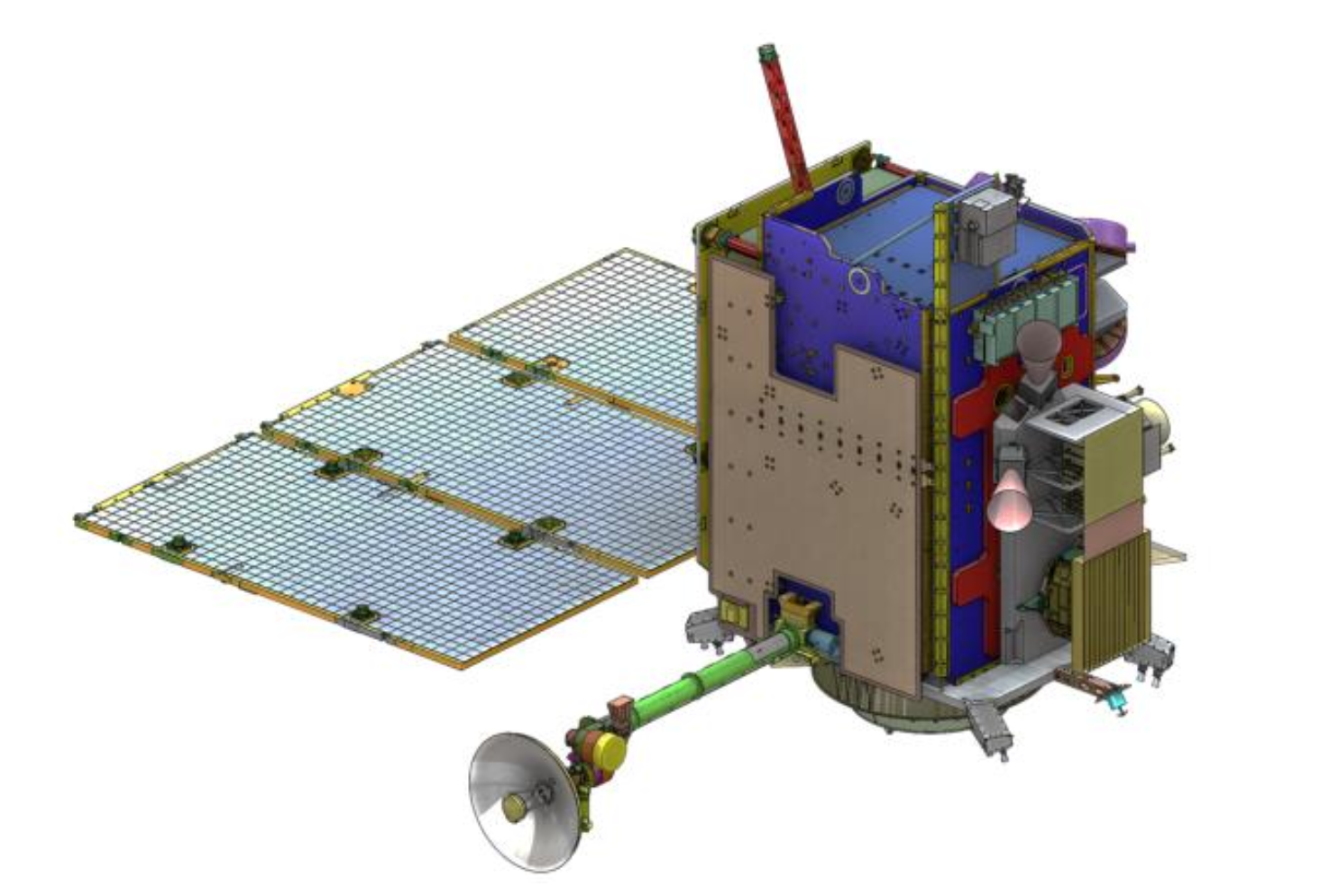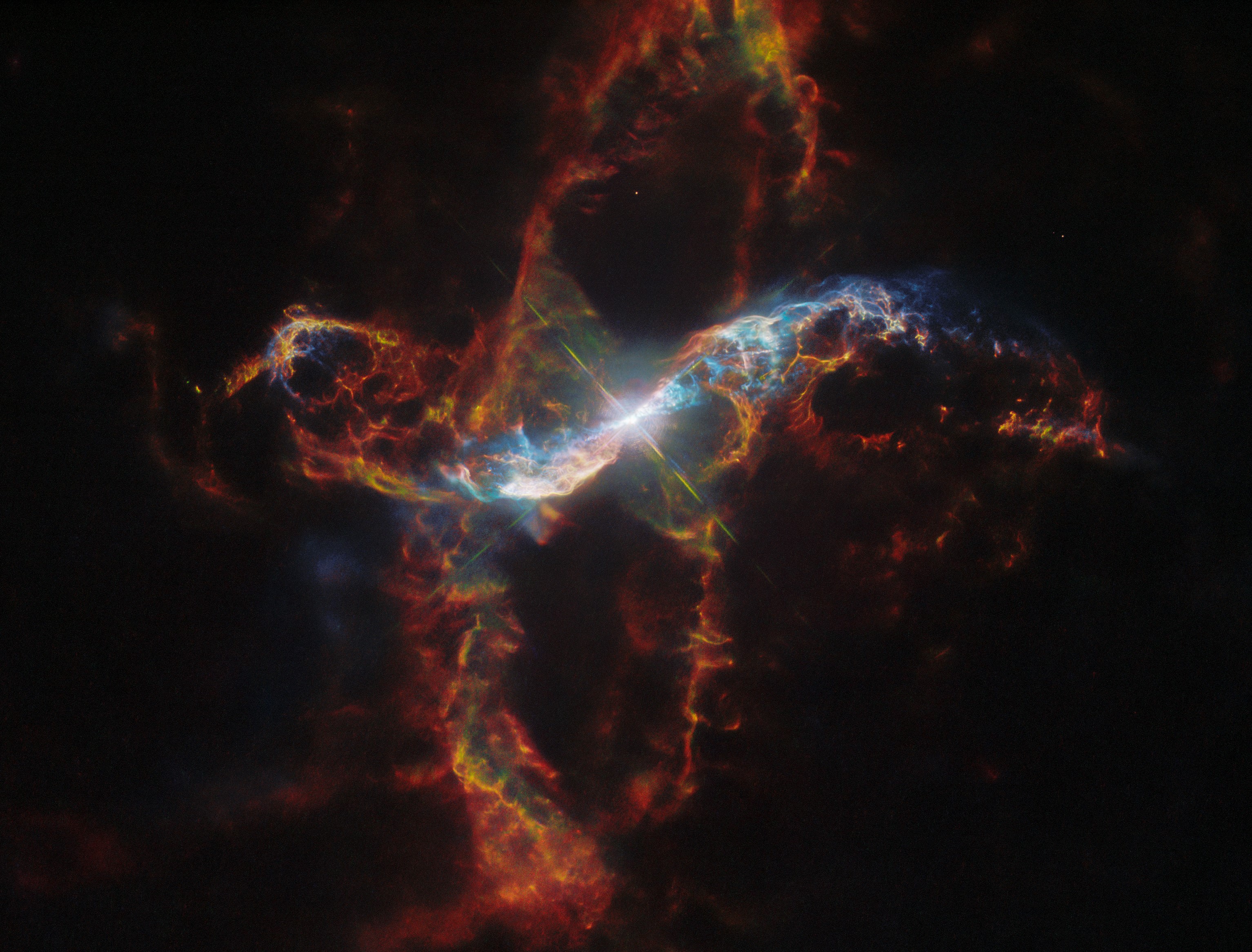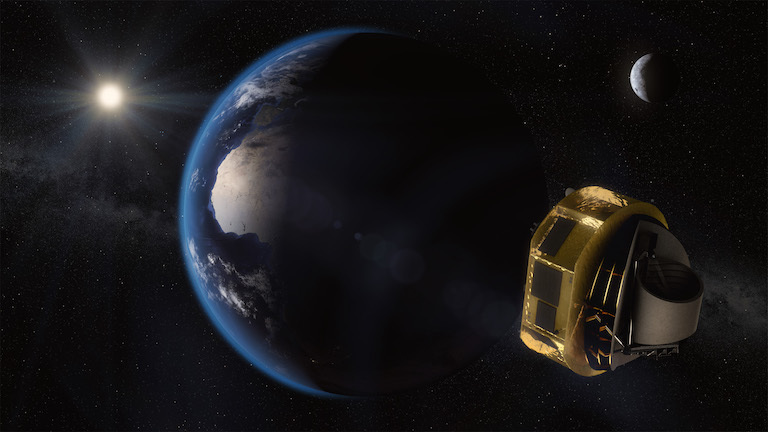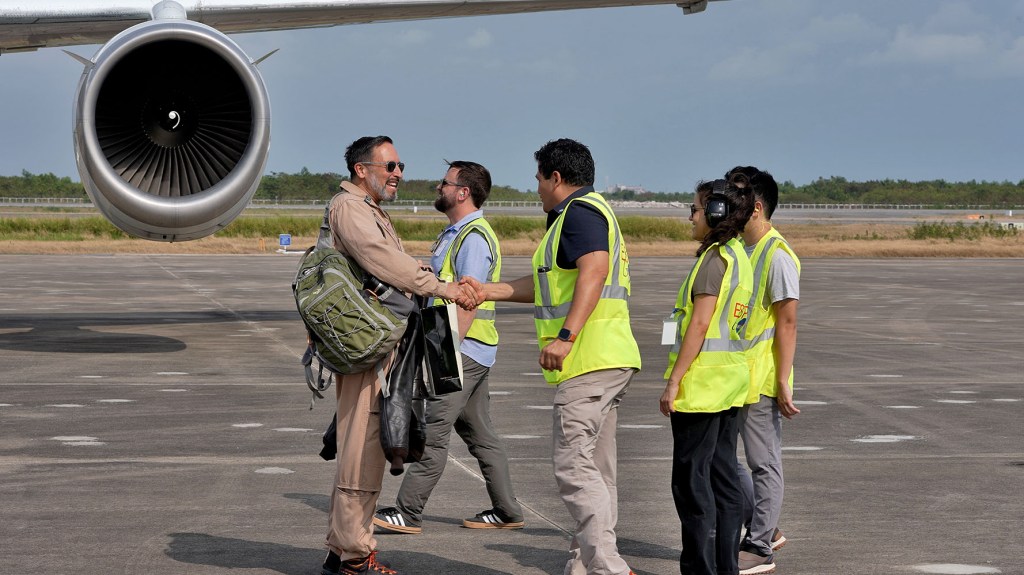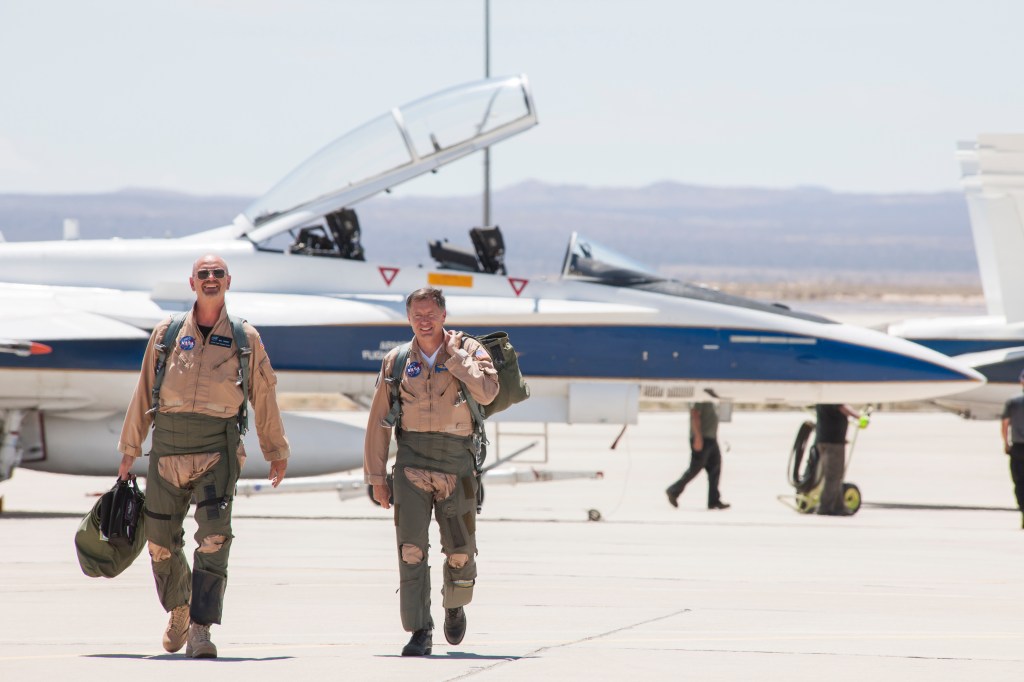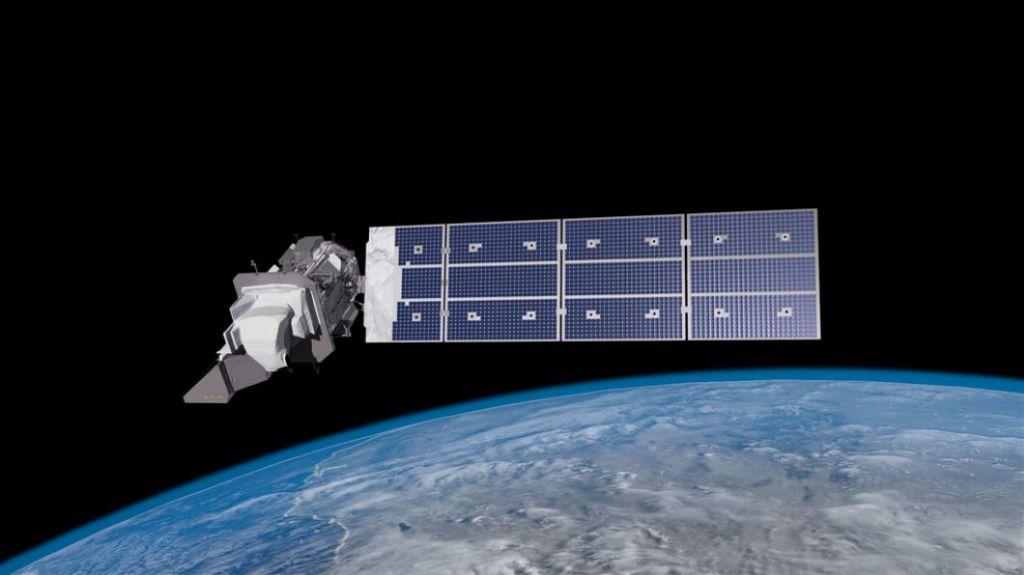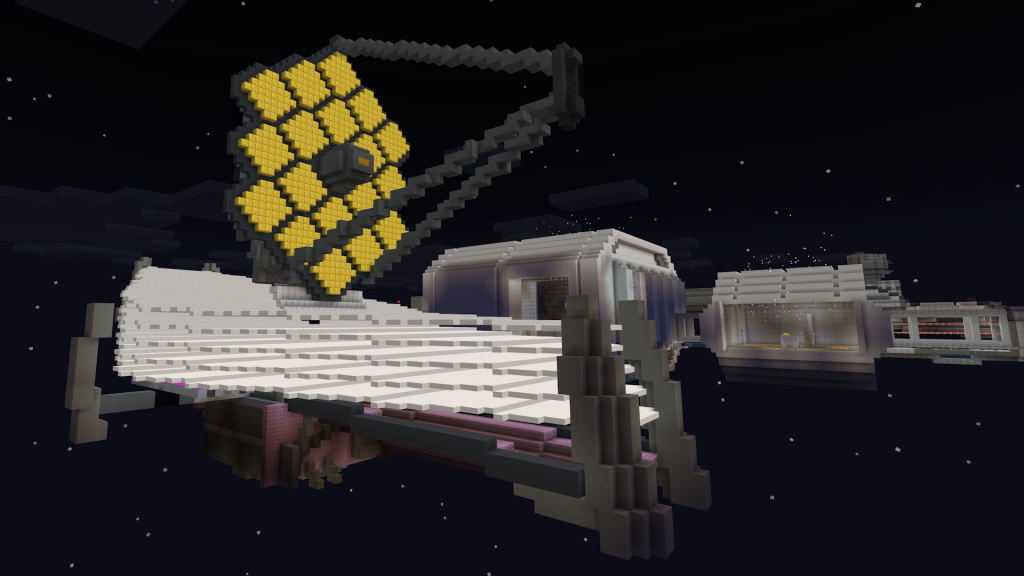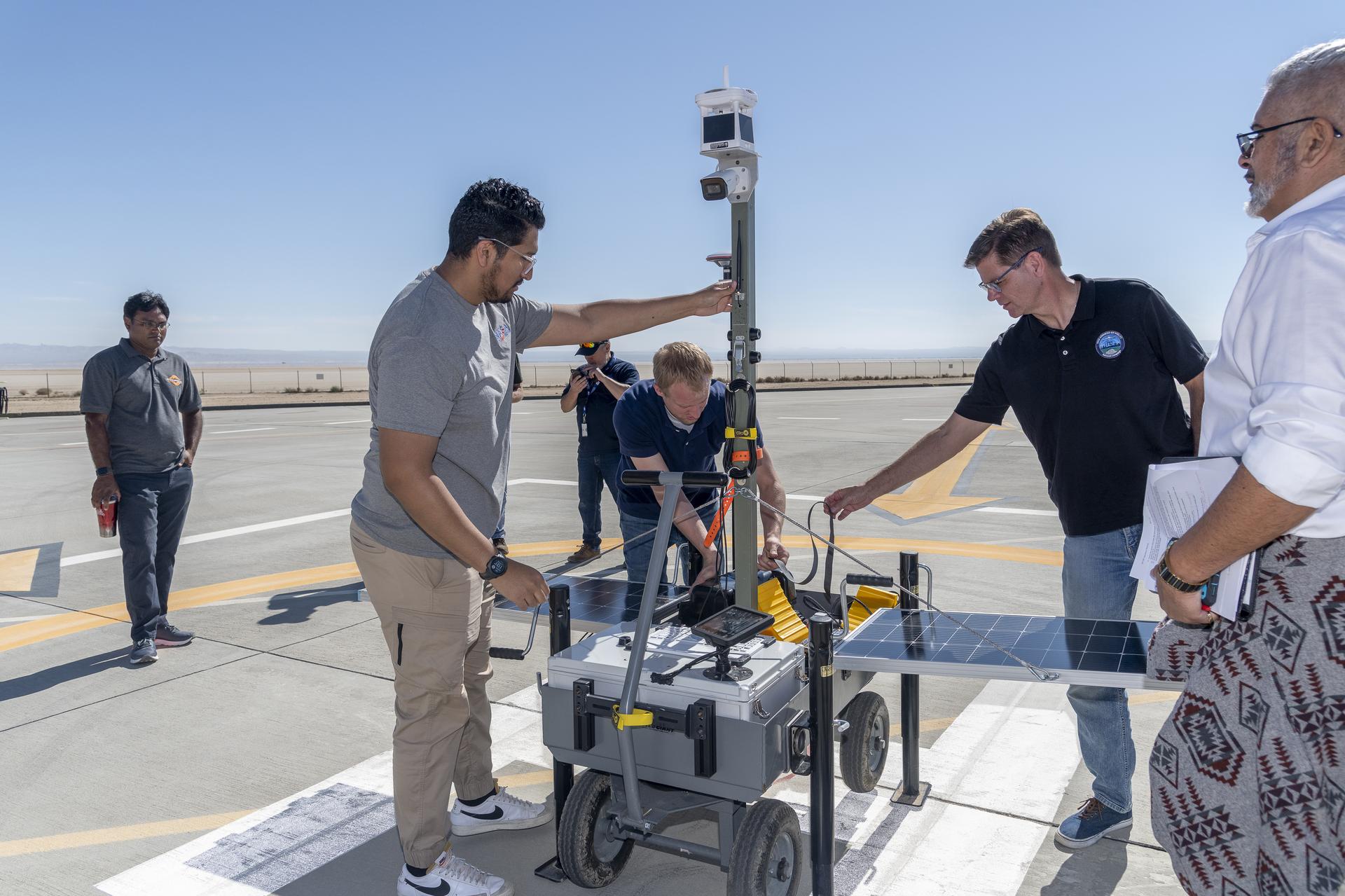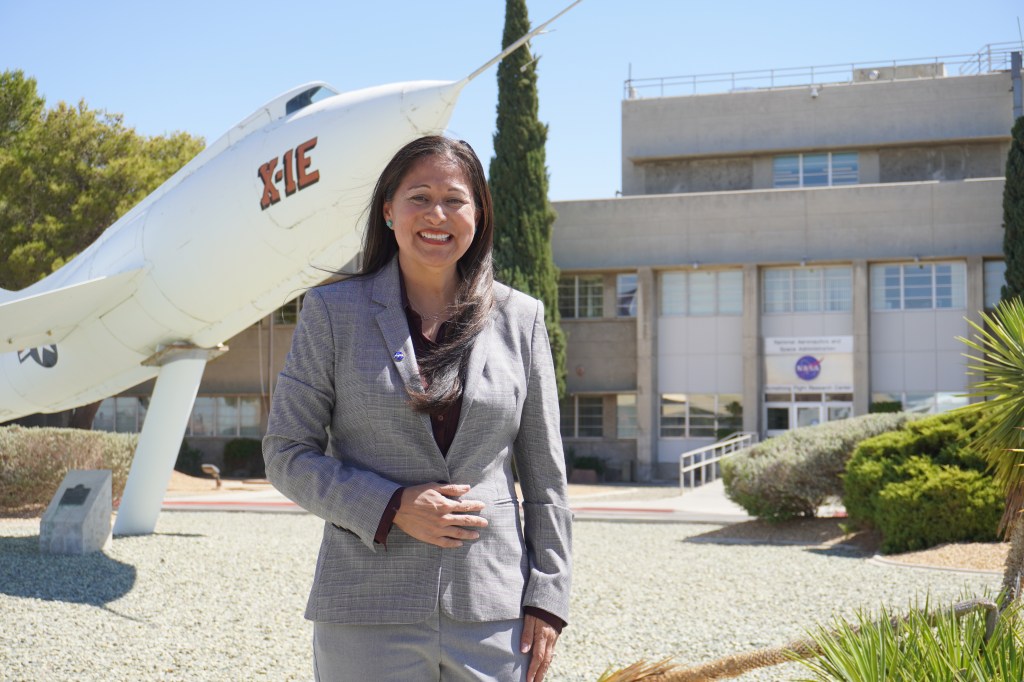Researchers and engineers at NASA Ames Research Center provided key contributions to the Virgin Orbit flight that launched small satellites into orbit from a jet airplane. During that flight in January 2021, Virgin Orbit successfully released a 57,000 pound rocket called LauncherOne from underneath the wing of a Boeing 747 aircraft and propelled the rocket to space. The flight successfully delivered 10 small satellites into orbit for NASA’s Launch Service Program. LauncherOne is the first liquid-fueled, air-launched rocket to achieve orbit. For the past decade, Ames organizations have supported the development of the Virgin Orbit small satellite launcher. For example, Ames staff from the Systems Analysis Office provided aerodynamic development of the LauncherOne vehicle and high-fidelity analysis of the separation of LauncherOne from the aircraft. Additional staff from the Aerospace Simulation Research and Development Branch supported procedure development and pilot training in the Ames 747 simulator, which has a detailed replica of a Boeing 747 flight deck with fully operational instruments, controls, and switches. This simulator has a modifiable source code to enable its use for research. Because of that distinction, Virgin Orbit used the simulator to investigate the feasibility of deploying the aircraft as an air-launch platform.
Points of Contact: Steven Beard (Chief of the Aerospace Simulation Research & Development Branch) and Dr. Susie Go (Chief of the Systems Analysis Office), NASA Ames Research Center.

